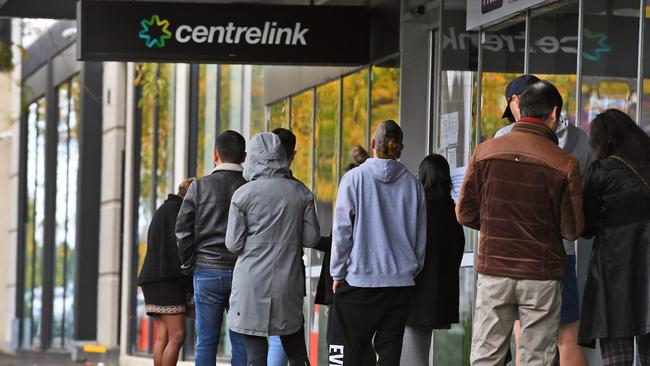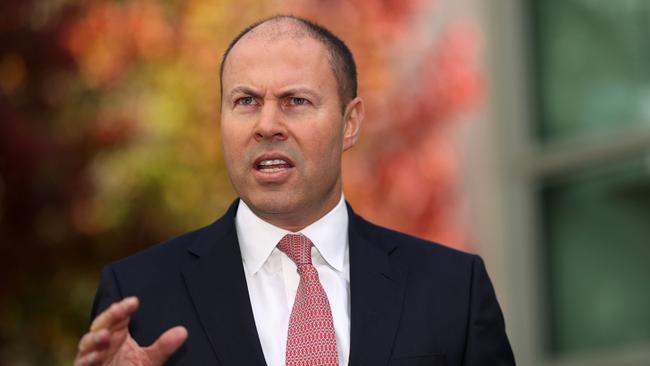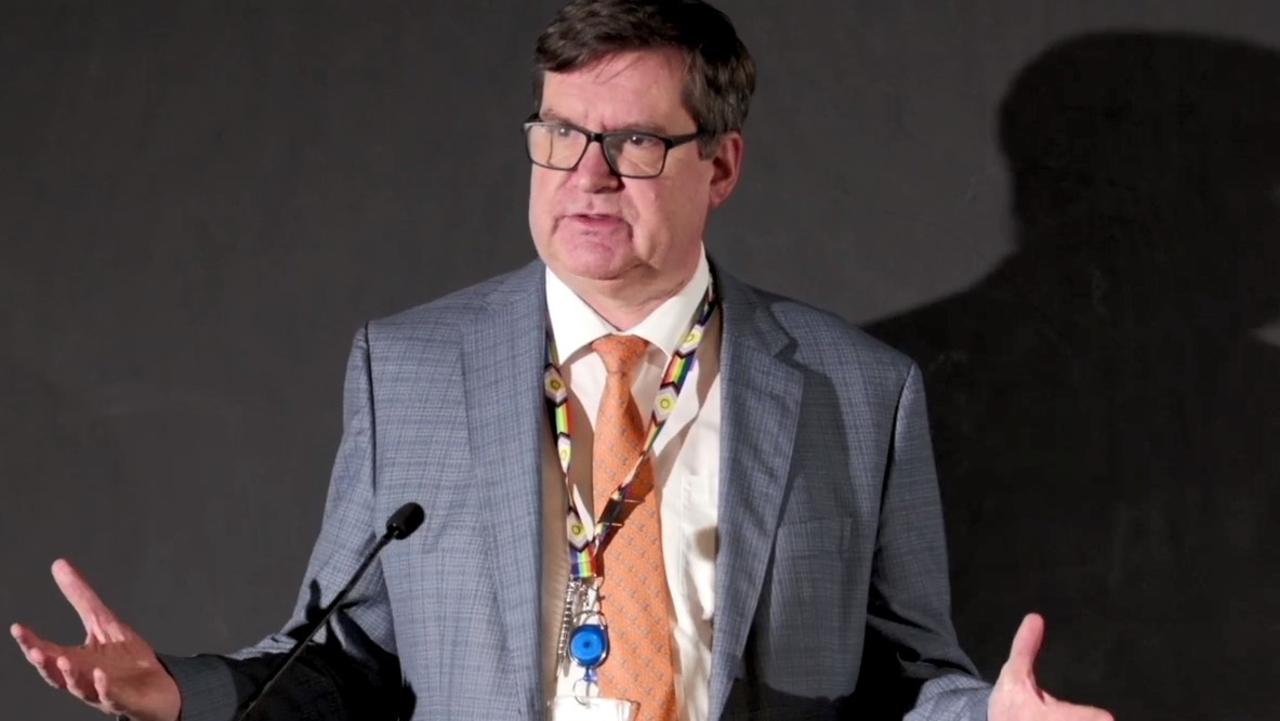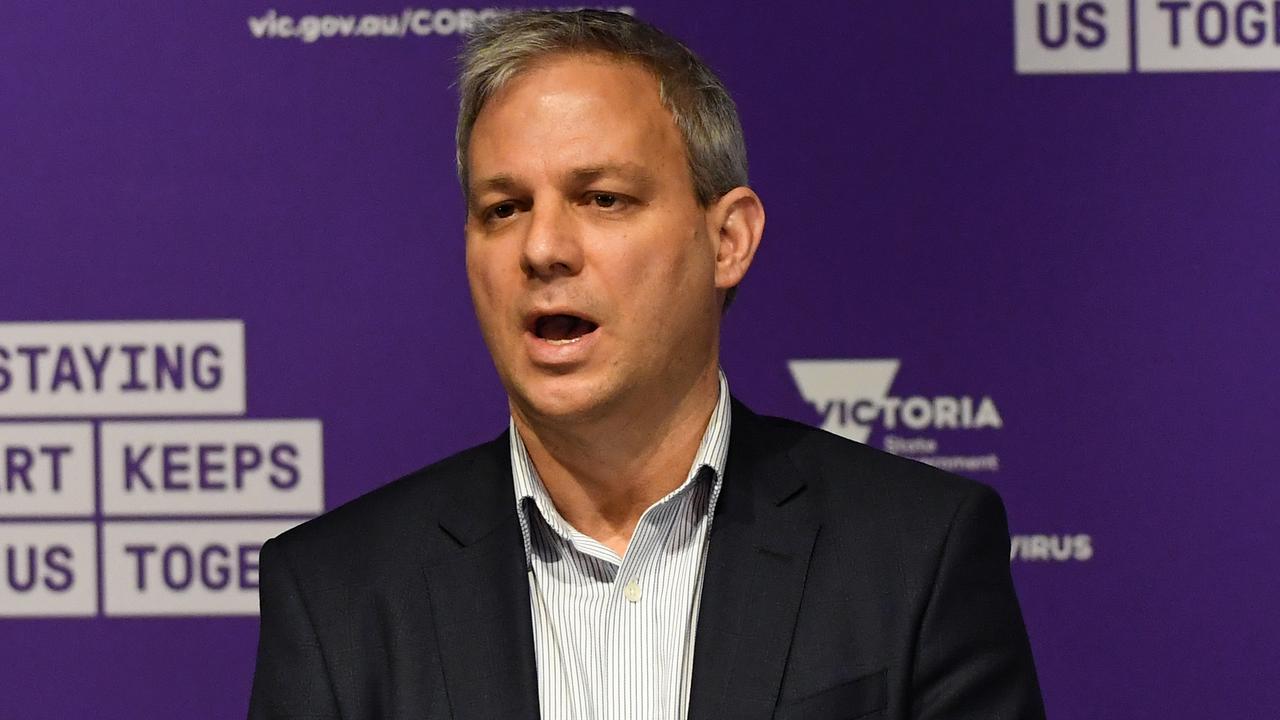Number of Australians on the dole falls after end of JobKeeper wage subsidy scheme
Despite dire predictions about the end of the JobKeeper wage subsidy, there are now fewer Australians relying on the dole.

Coronavirus
Don't miss out on the headlines from Coronavirus. Followed categories will be added to My News.
The number of Australians on the dole fell by almost 20,000 after JobKeeper ended, fuelling the Morrison government’s optimism that the economic recovery is progressing more quickly than expected.
There were 1,167,392 people receiving the Jobseeker unemployment benefit as of March 26, two days before the wage subsidy scheme was switched off after a year.
While economists had predicted that decision would cost at least 100,000 people their jobs, the Herald Sun can reveal the number of Jobseeker recipients actually fell to 1,148,096 by April 9.
The number of unemployed youths relying on Youth Allowance also decreased from 129,021 to 127,804 over the same period.
Josh Frydenberg said Treasury had told the government that JobKeeper “had to come to an end because it would have an adverse impact on the labour market”.

“The latest labour force figures for the month of March show the Morrison government’s economic plan is working with more Australians in work than ever before,” the Treasurer said.
“The labour market had strong momentum as JobKeeper reached its conclusion with 70,000 jobs created in March and early indications are that this has continued in April.”
There were about 1.1 million people receiving the wage subsidy when the scheme ended.
Treasury secretary Dr Stephen Kennedy had forecast that between 100,000 and 150,000 people would lose their jobs because of that decision, but he said that was “within the normal flows of employment”.
“In a given month during the years leading up to the pandemic, around 400,000 people moved into and out of employment,” he said in March.
Since the end of last year, there has been 13 per cent decrease in the number of Australians relying on the Jobseeker unemployment benefit. As of earlier this month, there are 280,544 Victorians on the dole, down from a peak of 413,341 last August.

The national unemployment rate is now at 5.6 per cent, despite the government’s expectation in last October’s budget that it would remain elevated at 7.25 per cent in the middle of this year.
At the time, Mr Frydenberg said the government would not begin the task of budget repair — to tackle a $1 trillion debt bill and record deficits — until the unemployment rate was comfortably below 6 per cent, a level that was not expected until at least 2023.
He will outline a new strategy later this week, with updated forecasts to be included in next month’s budget.
“Despite a COVID-19 induced recession Australia’s labour market has recovered 4.5 times faster than that during the 1990s recession,” Mr Frydenberg said.
“The upcoming budget will be the next instalment in the government’s economic plan and will focus on creating even more jobs.”





